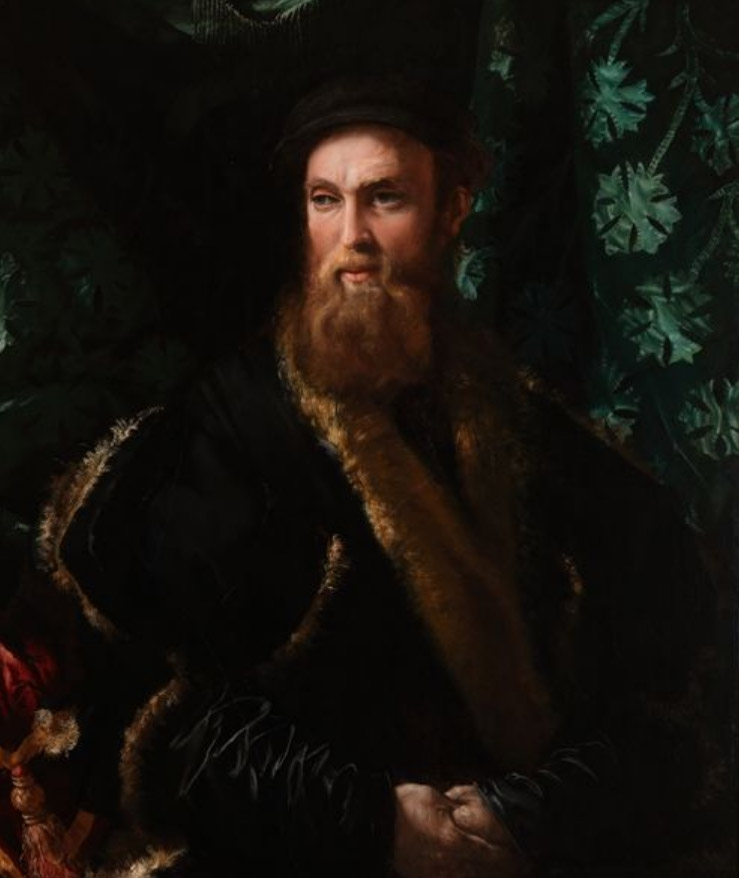In the midst of the debate on the participation of the State in the cultural field, it is worth thinking about donation as an option to increase the public heritage collection.
This is a highly standardized practice in Anglo-Saxon countries, but it is accompanied by strong tax incentives that are unimaginable in the near future of Argentina.
In that region of the Northern Hemisphere, the benefits are based on two basic premises: the interest of the institutions in incorporating relevant material into their collections (either by completing them, perfecting them, or increasing them), and the benefit of the patron or patron, who may be incentivized. due to the desire to receive a tax break or tax deduction, or due to the prestige generated by being the engine of growth of the institution to which your gift is intended.
Mainly in the United States, private donations usually have the alma mater as their main recipients, that is, the universities from which they graduated. Although this is not always the case, since the people who are dedicated to advising and carrying out the valuation of the donated material also offer their expertise regarding the best place according to the characteristics of the heritage to be transferred.
The system uses the services of an agent in charge of valuation, who must be registered to fulfill that mission, and according to their areas of action, each agent will be specially qualified for the areas of their responsibility, optimizing management and avoiding conflicts of interest.
The sequence of any donation first goes through the decision of the owner to make it, then a qualified and registered agent is hired to value the material subject to the donation and the recipient institution (or institutions) is selected and offered. If the offer is finally accepted, the agreement between the parties will be presented to the relevant tax authority to receive the corresponding tax exemption.
In the case of the United States, this exemption is generous, which has motivated throughout its history a constant flow of goods from private to institutional hands, benefiting academics and students from this free transfer of property, and even to the general public, facilitating its access through the most diverse means.
In Argentina, donations have a long tradition, not inspired by economic incentives [1].
In general, individual collectors have led this historical trend of transfers of cultural property to the most diverse public entities, a horizon that expands in the donations of building heritage and even economic resources, with transferors linked by their life history to the entities. benefited.
Under the phrase so reiterated today of “there is no money”, it is worth thinking about what resources the State can turn to to encourage a virtuous dialogue that inspires potential donors.
Firstly, it is worth rescuing the social figure of the collector as a preserver of cultural heritage. His efforts translate into the gathering of sets of cultural assets of all kinds, which he generally preserves in the best conditions, classifies and even studies.
It is common for restorers to be hired by these people who use their technical knowledge to “save” works in poor condition and also to condition them with the best materials for their good preservation.
This economic effort is also usually channeled into the loan of works for exhibition in public spaces in temporary exhibitions, which are curated by specialists who dialogue with the owners of said assets.
The exhibitions are reflected in catalogs raisonnés - books aimed at a broad public and also at the most diverse specialists - where the works presented come from the public and private collections.
This virtuous dynamic sets the stage for future giving. And in times of “lean times” it facilitates the development of cultural management by combining the efforts of public coffers with private resources.
The enormous value of cultural industries should not escape any economist, and the construction of this virtuous empathy promotes this dynamic with fruitful results for the entire society.
Taking this economic view, it is essential to attend to the sense of identity of culture as a factor of social cohesion and national sovereignty.
* Special for Hilario. Arts Letters Trades
Editor's Note:
1. In this same installment of Hilario we address the donation of the “Álvarez Colombres Documentary Fund” to the Peyrano Communal Museum. Read more And with an identical message, we invite you to read the article by Ana Martínez Quijano that introduced us to the donation made by María Luisa Bemberg to the National Museum of Fine Arts in 1995. Read more

